Eurorail and Eurail pass tips and tricks podcast
Trains are the best way to get around Europe and a Eurail Pass, also known as a Eurorail Pass, might be a good solution for you. Although budget flights have made air travel more affordable, if you want to explore, trains are your best option. And for short journeys or trips with good connections, taking a train can be faster than going by plane – not to mention that you don’t have to go through airport security!
To listen to these Eurail pass tips, hit play below or find episode 161 in iTunes, Stitcher or Soundcloud:
If you’re just taking one or two long train trips during your European vacation, you’re probably best to just buy point-to-point tickets. But if you want to see more of the continent, a Eurail pass is a good option.
A Eurail pass (also known as a Eurorail pass) is a ticket which allows you unlimited train travel in Europe. It comes in many different forms – you need to decide which region you’ll be travelling in, how long you want the pass to last, how many days you’ll actually be travelling within that time frame, and if you want a first or second-class ticket.
Ticket types
Region
If you’re just going to one country, a one-country pass is a good option. Prices vary according to how expensive the train network is.
Select passes allow you to travel in countries that border each other, so you might choose to go to “Scandinavia” or “Germany, Austria and Switzerland”. With a Select pass, you choose which of two, three, or four neighbouring countries you’d like to visit.
And a Global pass allows you to travel throughout the whole region. Be aware that not all European countries participate in the Eurail scheme, those that don’t are mostly in Eastern Europe.
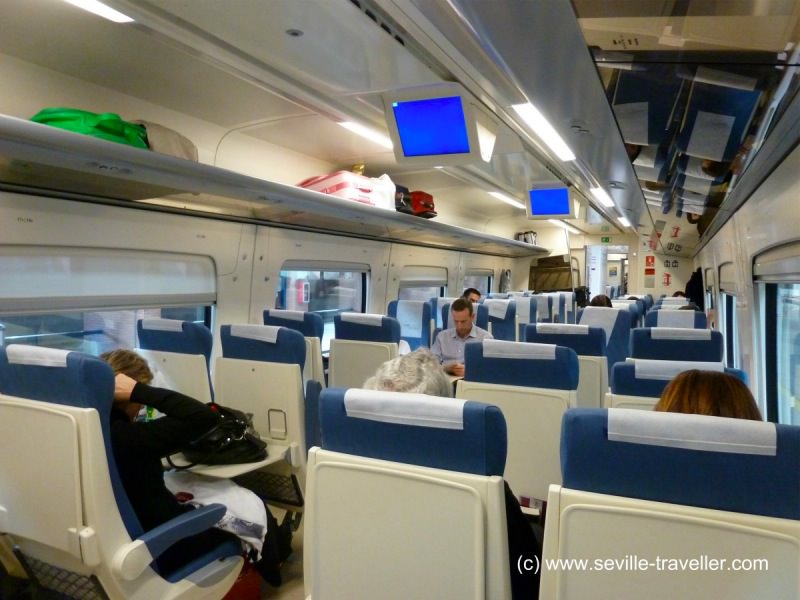
Duration
Next, you need to decide how long you’re going to travel for. Most passes are available for so many days within one month or two months – you might choose five, seven, ten, or 15 travel days within the validity of the pass. The Global Pass also offers a “continuous” option – you can travel every day within the validity of the pass, which could be between 15 days and three months.
In our case, we found that the ten days within two month option gave us the best combination of flexibility and value for money.
Class and discounts
Finally, do you want to travel in first or second class? If you’re under 28 on the first day of your pass, you can buy a discounted second-class ticket. Adults over 28 must buy a first-class ticket, but if there are two or more of you travelling together, you can get a Saver ticket which saves 15%. If you’re under 28 but want a bit more luxury, you can just buy a first-class Adult or Saver ticket.
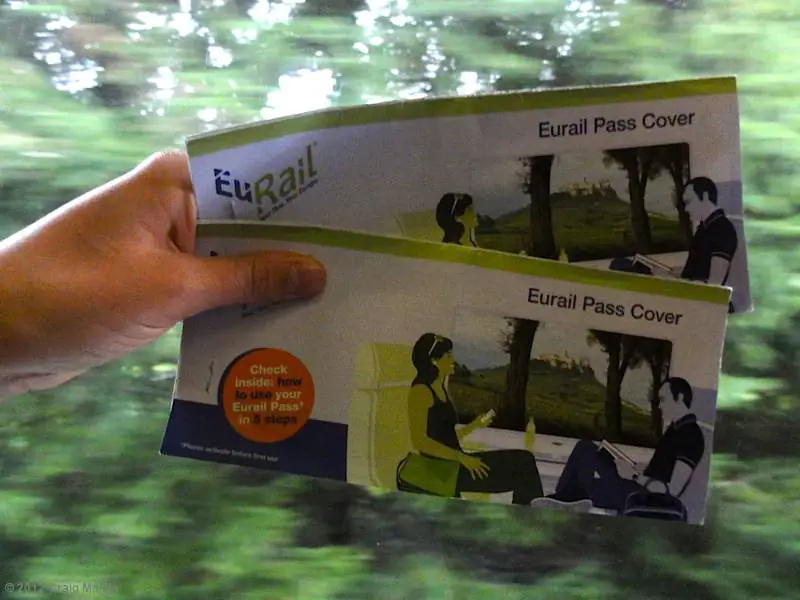
Choosing a ticket
When choosing a ticket, make sure you think about:
Destination and duration
Where are you travelling? How long are the journeys between each place, and how much do they cost? Do a few searches on sites like oebb.at in Austria, or bahn.de in Germany to see how much the point-to-point tickets cost. If they are cheaper than the daily cost of your pass, buy them individually and skip the pass. This is especially true in Italy, Spain and Eastern European countries.
Other options
Perhaps you could replace one of your travel days with a budget flight? We travelled from Oslo to Spain by plane in the middle of our travel time, because it worked out cheaper than a travel day as well as saving us about 24 hours on the train.
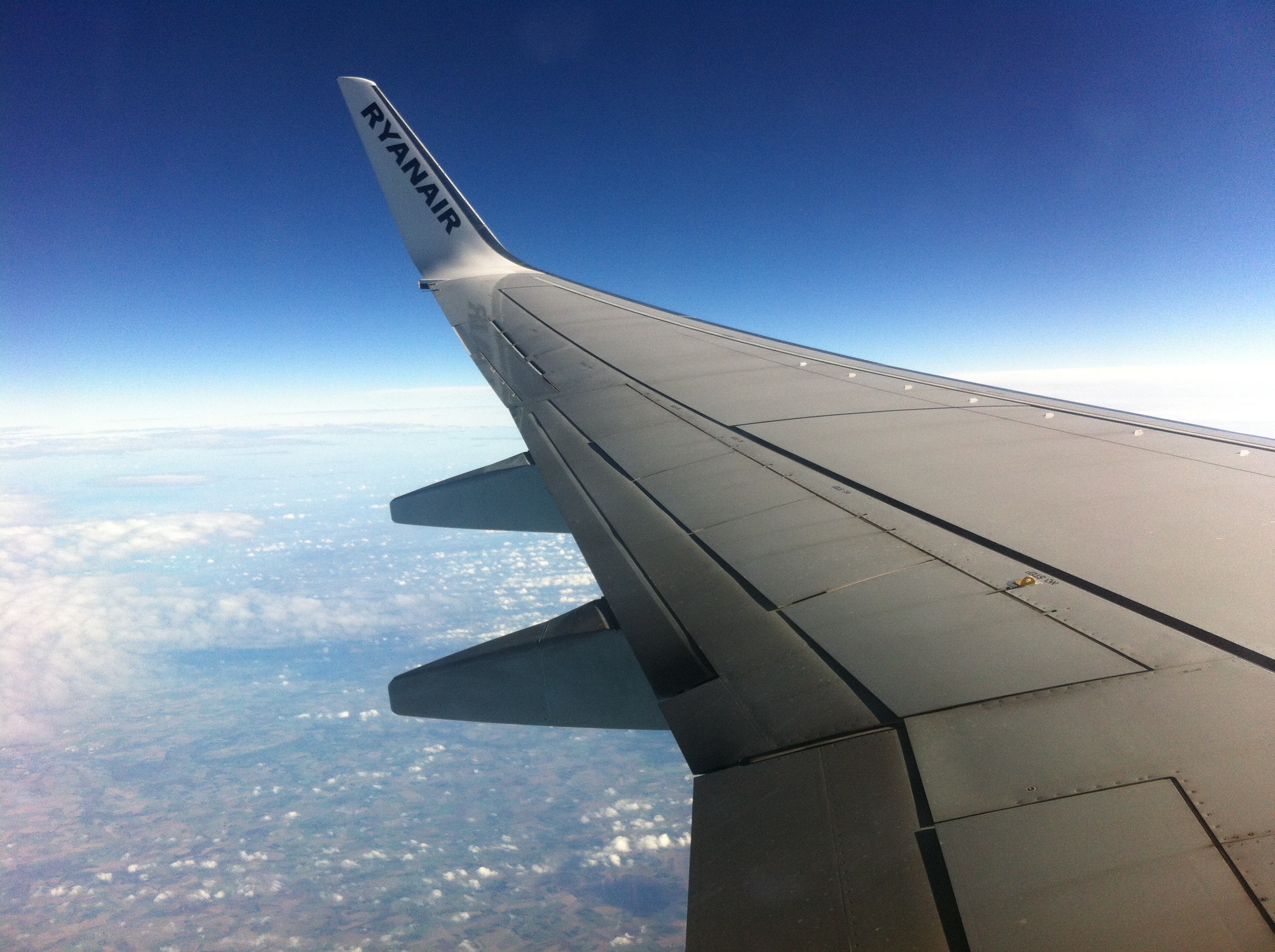
Buying
It’s much easier to buy a Eurail pass from home and have it sent to you there, Although you can now buy Eurail passes in some main train stations, they will cost on average 20% more than buying online, and you don’t have the full range of options. The online store will however ship your Eurorail pass to you within Europe, but you have to pay hefty shipping fees – it’s often free to countries outside of Europe.
Using the pass
Fill it in
On the first day of validity, you need to get the pass validated. Take it to a ticket office and they’ll stamp it. If it’s a continuous pass, your work is done. If it’s a flexi pass, you need to fill in the date for every day that you use the pass. Make sure you do this carefully and clearly – if you make a mistake, you lose a travel day.
Take it easy
One of the benefits of using the pass is that you don’t have to plan too much. The pass comes with a booklet of times, but I prefer to use oebb.at for timetable searches, I then write the information in my notebook. Look at earlier and later alternatives and be prepared to spend more time in a place you love.
Extra fees
Not all trains are free when using the pass. Some trains have compulsory reservations – which means that you have to pay to reserve your specific seat. A lot of international and almost all night trains require you to do this, whether it’s for a seat or a couchette (bed). You can almost always travel the same journey for free but it will take you longer.
You can identify trains that require a reservation by the R printed next to them in the booklet. Online, Oebb makes it perfectly clear with bold type: subject to compulsory reservation.
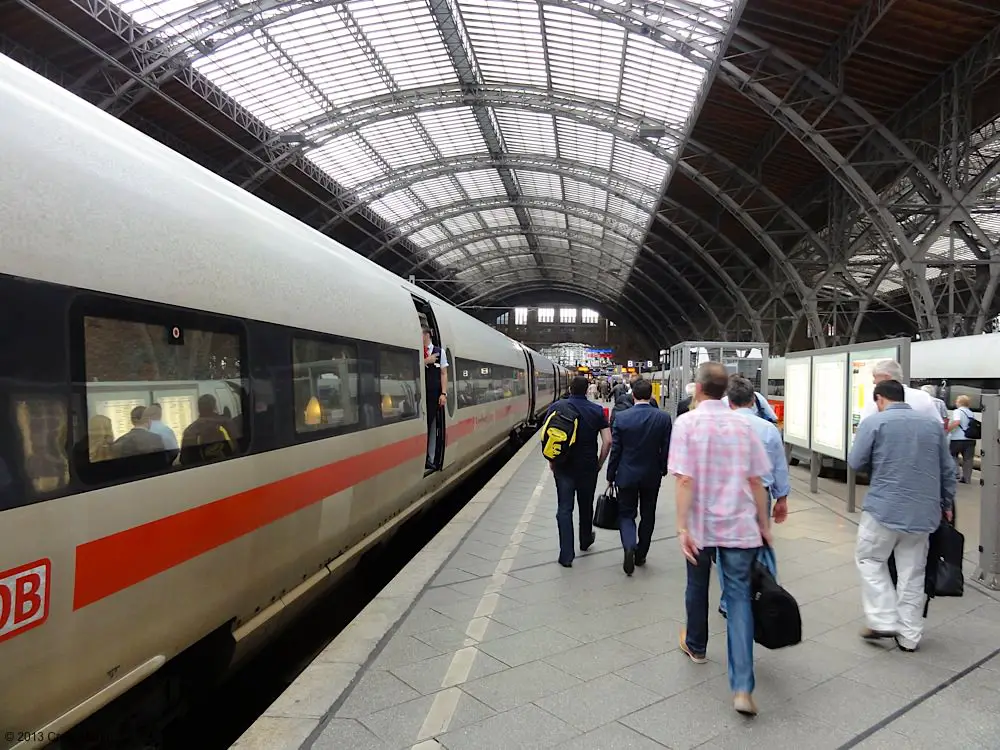
Read the booklet
The pass entitles you to some benefits and discounts, which are outlined in the booklet you’ll be given. Read it! There’s some important information as well as advice in there.
Who is the Eurorail pass good for?
A Eurail pass is the best thing in the world for people travelling in western and northern Europe, specifically Switzerland, Germany and Scandinavia. If you’re planning on travelling for five or more hours on each journey, you will save a lot of money and probably effort.
A traveller who is spending a lot of time in Italy or some Eastern European countries won’t get as much out of the pass, and might want to consider getting a pass for their travel in the west, and using point-to-point tickets in cheaper areas.
To listen, hit play above or check in iTunes, Stitcher or Soundcloud.
Sponsor: Audible
This episode of the Indie Travel Podcast is sponsored by Audible. Visit Audible for a free 14-day trial of Audible, including a free audiobook! This option isn’t available on the homepage, so make sure you grab it via https://indietravelpodcast.com/audiobook.
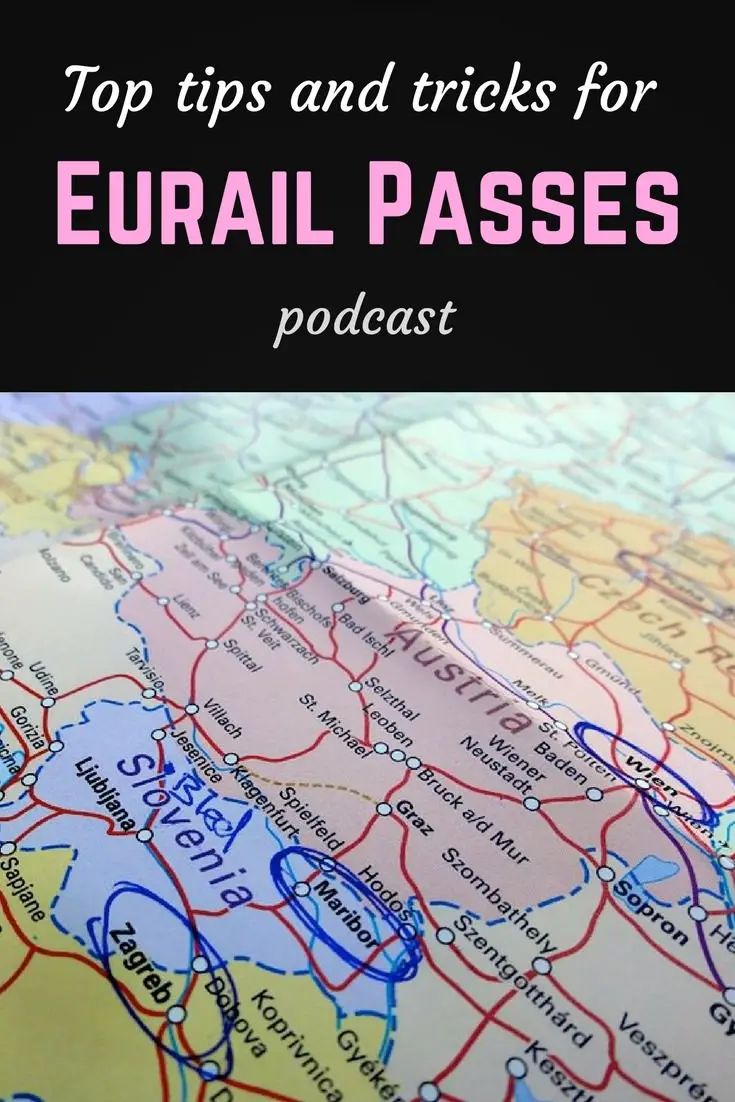
Note: this article was originally published in 2010, but was updated in 2018.

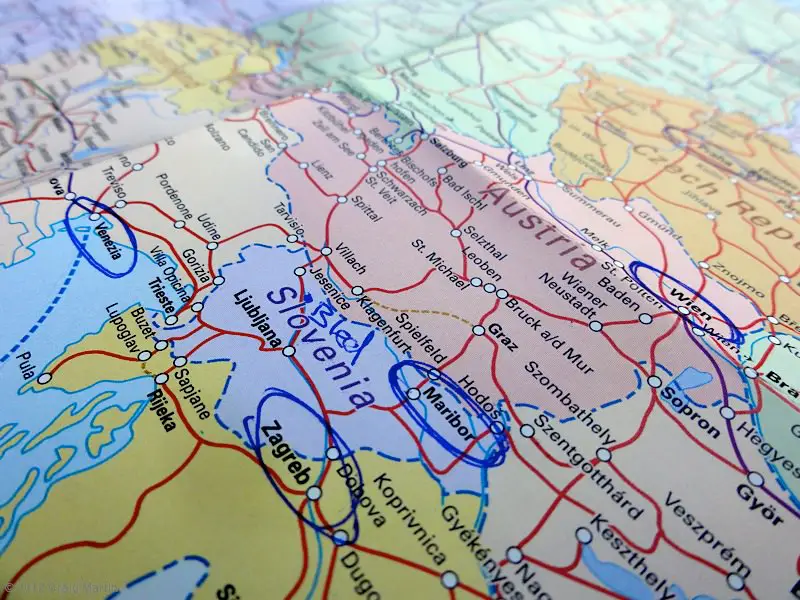
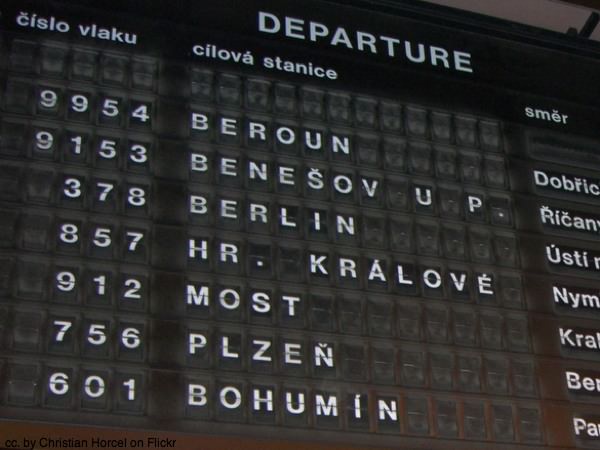





Great post, thank you. I’m planning a train journey from Warsaw to Istanbul and I think I must reconsider getting a pass, I wouldn’t like to be left with barely useful thing as I’m going to travel through Eastern Europe.
HI Daniel, yes — it’s a tricky decision. If you do the maths right it can work out in your favour.
We took the train from Sofia to Istanbul a few years ago. If it’s anything similar, be prepared to be getting in and out of the train several times as part of the great customs and border security circus.
Loved this podcast. Definitely learned a lot for when I take that eventual train journey in Europe. It’s not even penciled in yet…but on the list…
Glad to hear that Mary … it’s great fun, trust us 🙂